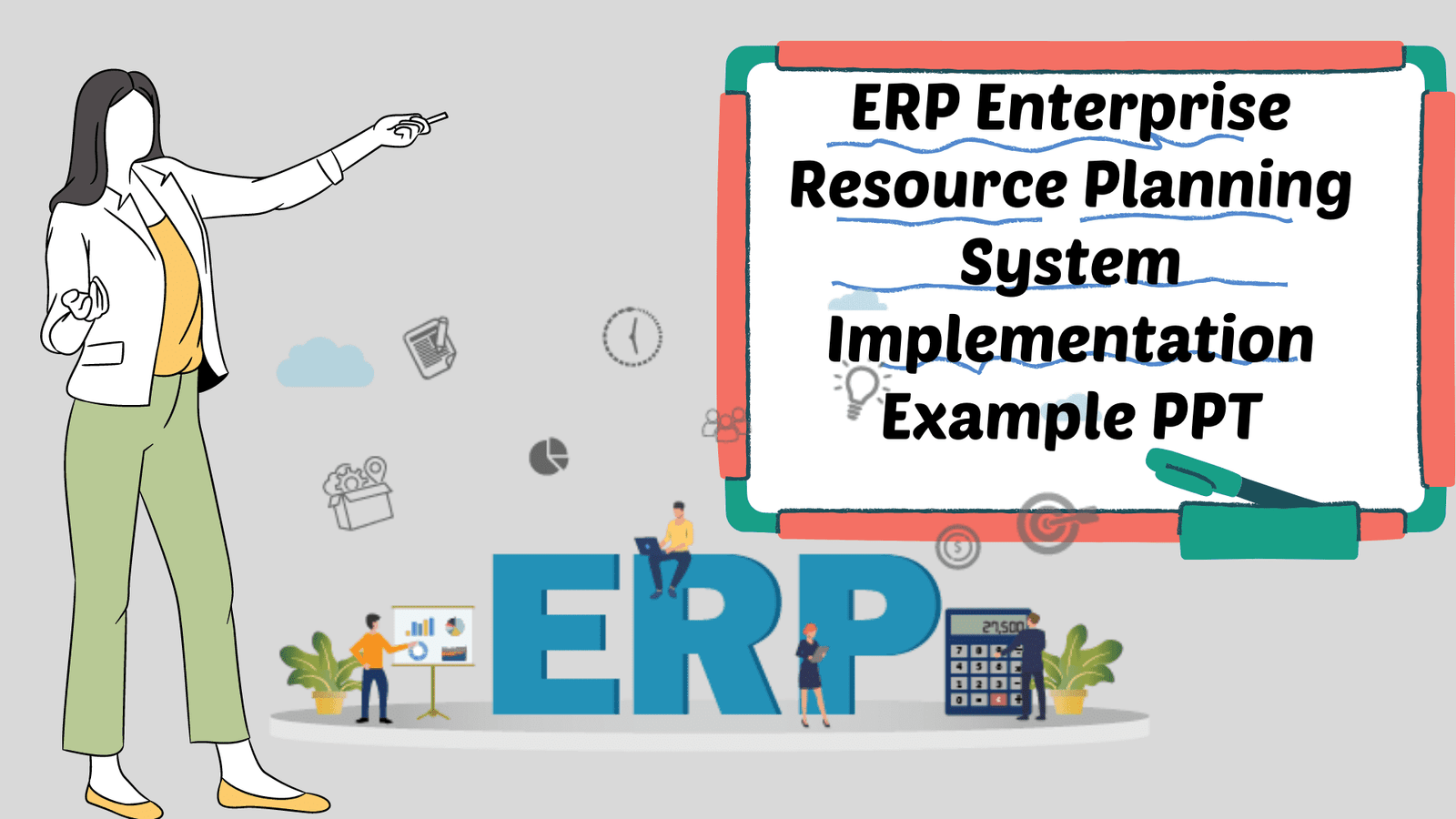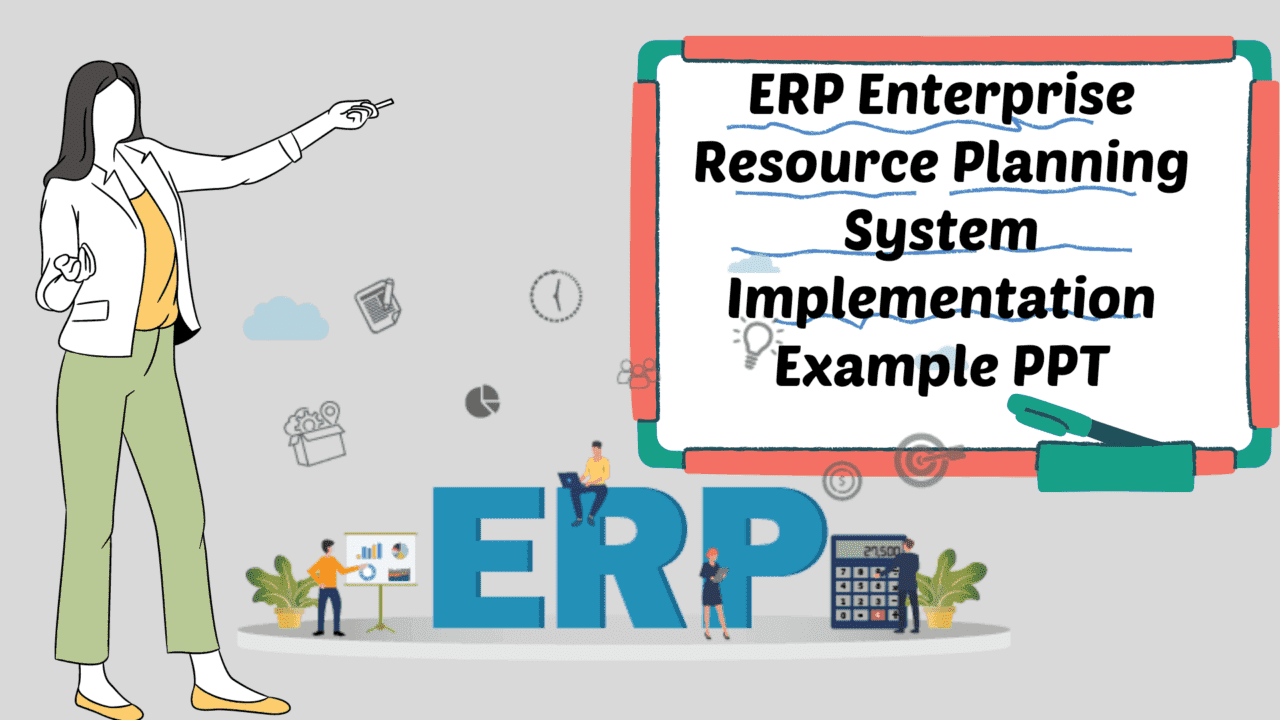Literature for Social Media Event Planning in Leisure Management Essay; This study will focus on what social event planning is and how to plan a successful social event. Also, this study will discuss the entire process of social event planning. Additionally, there will be many issues revolving around social event planning and how to solve these issues. The literature surrounding social event planning for support will also discuss; and will use to examine the entirety of social event planning.
Here is the article to explain, Social Media Event Planning Literature Review, Advantages, and Disadvantages in Leisure Management Essay!
The study will involve the methodology of an interview with an events coordinator detailing; how to plan and deliver a successful social event and the issues behind the scenes. By discussing the overall findings of social event planning, one should take away from; this study a better understanding of what social event planning entails.
Introduction;
Planning a social event can be stressful and could be overwhelming to figure out where to start; and what is the best process to make the event the most successful. Different events should handle with their approach. Regarding social event planning in comparison to other types of events, the event planner should have more compassion; because the clients of these events tend to have more emotionally attached; for example, the social events are typically weddings, birthday festivities, typically family gatherings. Thus, social event planning should hold to a different standard than other event types.
Social Event Planning Process;
First of all, every event planner should start with the basics. What type of event is it? How long should the event last? Where should the event hold? How many attendees? The event planner can also start a feasibility study by asking similar questions. One should consider what all involve and what could go wrong by analyzing the internal and external environment.
A SWOT analysis is a technique to make sure what are the strengths, weaknesses, opportunities, and threats of the event. Alternatively, PEST analysis is a similar technique to establish what the internal and external environments are surrounding the event. Once these questions/answers, the event concept will develop, and more details of the event can then progress. The bidding process in the aspect of social event planning is slightly different.
Process;
For an event planner to obtain business from a client, the bidding process may include proposing an offer with a presentation that demonstrates that the planner is capable of handling the event. The pitch may include ideas, design, theme, budgets, risk assessment, and schedules. In every event, there should be a vision start to establish what the event will be in the end; so the event planning team stays focused on the goal.
Once all the details understand and agree to, the social event planning process could officially continue to the next stage. By sitting down with the events team for a briefing to establish; what needs to be done within a certain timeframe; and by allocating certain tasks to different individuals, the event will be well on its way to success. Great communication is the key to the social event planning process; with not only the events team but with the clients as well.
Literature Review;
Social event planning has gotten easier with the help of technology.
Also, social media has helped with getting involved with the social event planning industry by interacting with others in the same community and could help with having multiple types of vendors for a future event. Also, as shown in the article, “Wedding Professionals’ Use of Social Media” by Naehyun “Paul” Jin, Seungwon “Shawn” Lee, and Margaret J. Daniels, forty-four wedding professionals were surveyed and asked what marketing form of social media is most successful and almost 50% stated; “Wedding Wire is the most popular site for vendor reviews and a go-to source for engaged couples when they are looking for vendors”.
Review 01;
For social event planning, some basic issues are familiar to every social event planner.
Even though there is a basis for social event planning; there are some issues and concerns that have surfaced and revolve around the community’s feedback heavily. Socio-cultural impacts of events are a big issue; because the plans of the event could affect easily by the persuasion of the host community, as stated in the article; “Local Authority Planning Provision for Event Management in Ireland: A Socio-cultural Perspective” by James Hanrahan and Kelly Maguire.
Review 02;
This was seen in the case of the Croke Park Stadium concerts; where residents around Croke Park objected to five proposed and sold-out concerts on successive evenings. This objection was based on the perceived socio-cultural consequences generated by the proposed events…This resulted in the local authority granting event licenses for only three concerns…which subsequently resulted in the cancelation of all five concerts”. The article also states that if “there been planning provisions and guidelines implemented by local authorities before this case; event promoters would have avoided the implications of all five events being canceled; and a loss of earnings of over €50m for the local economy.
Therefore, it is essential for planning to take into consideration socio-cultural needs to prevent implications to community support in planning for event management”. Another critical current issue found within social event planning is the increased attention on audience engagement.
Review 03;
Even though there are issues within social event planning, there are benefits as well. In the article, “Stakeholder Engagement In Event Planning; A Case Study of One Rural Community’s Process”; by Tricia Jordan, Fred Gibson, Brad Stinnett, and Deborah Howard, they stated that; “The more great events that we have in this community; the more people will want to come and live here, work here, and bank here. We are trying to look at it as a long-term vision rather than short-term payoff”. In this case, by planning more social events; the community will look more attractive and inviting to potential and current employees in a rural area.
Discussion of Findings/Methodology;
There have been many different methods to planning a successful social event; some may work better for others. By interviewing a professional, the discoveries that have surfaced from the answers given; show that social events can handle the same way as other events as long as one has a great team to rely on. Laura Becker, the Sales and Events Executive at Cliff Townhouse in Dublin Ireland, stated that; “Excellent planning with the events team and great communication with the team and clients from the beginning” is what makes an event successful. Becker also said that to best measure the success of an event is by the feedback of the guests and especially if the clients return.
Becker spoke from experience and reflected on a specific client; who has been so satisfied with the events team and expertise that after the first event; which was the client’s wedding, the client has since been back to have her planned birthday celebrations, and is currently having planned a corporate event. To successfully stay up-to-date with the events industry; Becker specified that she attends event planning workshops and by going to these seminars; she can meet with others who share the same passion for the events business; while also learning new techniques. She also suggests that the right sort of software can help immensely with the planning process, such as Hotsoft, Outlook, and Tablepath.
Strategy 01;
Becker’s strategy for managing event budgets is by setting goals for events and mapping out expenses for each event to make better-informed decisions. Because the event planning process can be overwhelming at times; Becker explains that by having a very supportive team she feels confident enough to surpass the stressful times. As stated earlier, there are many steps required to have a successful event; Becker suggests that one of the first steps to the planning process is to prepare a briefing with the events team.
She expresses that the most important topics to discuss in the meeting are budget requirements of the client, amount of guests attending, what type of event it is, food and beverage requirements, and to take note of the arrangements discussed to relay and confirm with the client. By having the role of an event planner, there often becomes times where multiple events are to plan at once. Becker suggests that to prioritize the time and resources to meet deadlines she must delegate tasks to the events team; and highlight the most imminent events and revert to the least urgent later in the day.
Strategy 02;
When handling last minute or unexpected setbacks before and during events; Becker discloses that by working efficiently and ensuring that last-minute changes can accommodate by the operational events team; while also making sure the guests still feel that the events team is there to make their event as successful as possible; and that the changes are not an inconvenience. Becker explains that she has found by working with different types of events, such as weddings and corporate events; that social events tend to be more time consuming and stressful; because the clients tend to be relying more emotionally on the success of the event; so more time and attention are put into the social event planning process.
Benefits and Drawbacks of Event Planners;
Event planners prepare an extensive form of activities, such as parties, ceremonies, and conferences.
Increasing Growth;
The Bureau of Labor Statistics estimates the employment of event planners will grow 33 percent between 2012 and 2022, 3 times faster than the common for all occupations. This manner that, in case you are a clean occasion-making plans graduate; you may not need to fill out numerous job packages due to the fact employment opportunities are many. For practicing event planners, you may change employers without problems on the lookout for greener pastures. With many companies additionally seeking comfortable contracts with event companies; starting your very own event planning agency may be similarly profitable.
Gaining Recognition;
Event planners often cope with many human beings in their everyday duties. Organizing successful events can cause an appreciation in your paintings and inquiries about you or your services. Although your process is to paintings behind the scenes, gaining recognition now is not the best way to improve the call for your offerings; however, also lets you meet and network with industry leaders and organizational heads; which is a critical aspect of a professional career improvement.
Beating the Average;
As of May 2012, occasion planners earned an annual common revenue of $46,000, in line with the BLS. The lowest earners made approximately $27,000, even as the very best earners netted $80,000. Given that the national common index for 2012 is $45,000 in line with the Social Security Administration, most occasion planners earned barely more, although marginally.
Updating Skills;
Although event technology has had a fine impact on this enterprise; it has added a brand new task to event planners. Because these professionals must paintings additional time and control tight budgets; they have to find more time to replace their expertise and technical knowledge on applicable digital technologies; which include teleconferencing equipment, to remain equipped and appropriate to employers. To try this, occasion planners should join in continuing training courses; which means they should locate extra time in their already packed schedules.
Pleasing Clients;
Event planners regularly face an assignment in organizing events that meet all their clients’ demands. For example, a corporation can settlement an event planner on brief notice to arrange a convention and anticipate a wonderfully prepared occasion. The planner has to mobilize his personnel, at times hiring extra employees to conquer the deadline and work extra time to address other logistical operations. Some clients additionally demand high-priced ultimate-minute changes, which can be annoying to enforce.
Meeting the Requirements;
Event planners ought to meet high minimal employment necessities for entry-stage positions. They typically need to earn as a minimum a bachelor’s degree in event-making plans or a carefully associated subject and secure an enterprise certification. With paintings obligations turning into extra complicated, employers are growing a desire for individuals with extra backgrounds in advertising or public relations and industry to revel in. Unlike different occupations that rent individuals with diplomas or associate ranges for entry-degree jobs; event planners regularly have to spend at least four years studying earlier than they can qualify for employment.

References; Literature for Social Event Planning. Retrieved from https://www.ukessays.com/essays/leisure-management/literature-for-social-event-planning-8798.php?vref=1
Conclusion;
Even though every type of event shares the same basic planning process, social event planning should handle slightly differently. Social event planning is more difficult than other types of events; because there is typically more sentiment behind each detail of the event. In comparison to other types of event planning, the clients of social events have a slightly different experience. They are inclined to be more thankful to their guests for attending; because they typically do not pay to be there; unlike other types of events, so since the attendees do not have a financial obligation to commit to attending to the event; the planning of the social event should always consider that the numbers of attendees are not guaranteed.
As stated earlier, social event planning should hold to a different standard; because when changes or setbacks occur during the event; there is instant action taken place and personal reassurance to all attendees and the client that even though there are obstacles to overcome; it will take care of immediately.
Final;
Additionally, the study underlines that social media has helped the social event planning process specifically; because both clients and social event planners can receive feedback; and engage with one another which will entail a better experience in the future. Social media has even helped with contacting new vendors and staying up to date with the social events industry.
Also, there are issues involved with social event planning like, socio-cultural impacts of events that could hinder the planning of the social event by not interacting with the community; and the issue of anticipating the experience of the attendees and how to interpret those issues. Even though there are current issues such as these, they can resolve and prevent them from happening in the future. With the help of the primary research of the interview from a sales; and events executive, evidence was shown firsthand that; if a social event plan properly and successfully, clients will motivate to return; and incline to spread their great experience on to others, which will create more demand.





